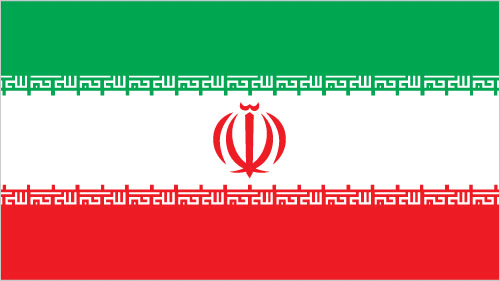Introduction
Canada, adorned with a rich multicultural tapestry, has always been a prime destination for international immigrants. In recent years, the Great White North has witnessed an upsurge in immigration trends, particularly from the Middle East. This influx can be attributed to a myriad of factors, from political stability to economic prospects, that Canada offers to its newcomers.
The trend of Middle Eastern immigrants choosing Canada as their new home adds a new dimension to the nation's demographic. This not only enriches Canada's cultural mosaic, but also brings new perspectives and opportunities to the fore. The following sections will delve into the details of these immigration trends and their implications.
Historical Immigration Data
Historically, the Middle East has been a significant source of immigrants for Canada. Interestingly, the patterns of these immigration trends have been influenced by various geopolitical events and policy changes. For instance, the Lebanese Civil War in the 1970s and the recent Syrian crisis led to substantial waves of immigrants seeking refuge in Canada.
In addition, Canada's proactive immigration policies have played a crucial role in shaping these trends. Policies like the Express Entry system and the Provincial Nominee Program have facilitated the smooth transition of immigrants, creating an inviting environment for potential immigrants from the Middle East and beyond.
- The Lebanese Civil War in the 1970s and the Syrian crisis have influenced immigration patterns from the Middle East to Canada.
- Canada's Express Entry system and Provincial Nominee Program have streamlined the immigration process for Middle Eastern immigrants.
Current Immigration Statistics
As per the latest data, the number of immigrants from the Middle East settling in Canada has seen a steady increase. When compared to previous years, there is a noticeable surge in the immigration rates. This trend is not isolated to the Middle East, as Canada has seen an overall increase in its immigration numbers.
However, the rate of immigration from the Middle East surpasses that of other regions. This can be attributed to the ongoing conflicts in the Middle East and the welcoming stance of Canada towards refugees and immigrants.
- Canada has witnessed a steady increase in the number of immigrants from the Middle East.
- Ongoing conflicts in the Middle East contribute to the higher rate of immigration to Canada.
Factors Influencing Immigration
The surge in immigration from the Middle East to Canada can be attributed to a confluence of economic, political, and social factors. The political instability and ongoing conflicts in various Middle Eastern countries push many to seek a safer and more stable environment.
Canada, with its robust economy and inclusive policies, presents itself as an attractive destination. The promise of better job prospects, high standards of living, and a safe environment for families are compelling reasons for many Middle Eastern immigrants.
- Political instability and conflicts in the Middle East drive immigrants to seek a better life in Canada.
- Canada's strong economy and inclusive policies make it an appealing destination for Middle Eastern immigrants.
Challenges and Opportunities
While the journey to a new homeland offers a plethora of opportunities, it also comes with its set of challenges. Middle Eastern immigrants in Canada often face hurdles like language barriers, cultural differences, and initial unemployment.
However, Canada's robust support system and inclusive policies provide numerous opportunities for immigrants. From employment initiatives to language training programs, Canada offers various resources to help immigrants settle and thrive in their new home.
- Middle Eastern immigrants in Canada face challenges such as language barriers and cultural differences.
- Canada provides support through employment initiatives and language training programs for immigrants.
Cultural Contributions
Middle Eastern immigrants have left indelible imprints on Canada's cultural landscape. Their rich traditions, cuisine, music, and art have added new layers to Canada's cultural mosaic. This cultural infusion not only enriches the Canadian society but also fosters an environment of diversity and inclusion.
The impact of this diversity is far-reaching. It promotes cross-cultural dialogue, broadens perspectives, and enhances the social fabric of the nation.
- Middle Eastern immigrants contribute to Canada's cultural diversity through their traditions and art.
- Cultural diversity fosters cross-cultural dialogue and enriches the social fabric of Canada.
Future Trends
Looking ahead, the trend of Middle Eastern immigration to Canada is anticipated to continue. This prediction hinges on potential policy changes and global events. For instance, political unrest or economic prosperity in the Middle East could significantly influence immigration patterns.
Moreover, Canada's immigration policies, which are continually evolving to meet the country's demographic and economic needs, will also play a crucial role in shaping future trends.
- Middle Eastern immigration to Canada is expected to continue in the future.
- Global events and policy changes will impact the future trends of Middle Eastern immigration to Canada.
Conclusion
In conclusion, immigration from the Middle East has significantly contributed to the demographic and cultural fabric of Canada. From historical trends to future predictions, the influence of Middle Eastern immigrants on Canadian society is undeniable.
As we move forward, it remains pivotal to recognize and appreciate the importance of this immigration trend. Embracing this cultural diversity is not just about welcoming new immigrants – it's about enriching the very essence of what it means to be Canadian.


